SBG Systems’ upgrade for the Ellipse product line sets a new benchmark in precision and reliability. It also provides advanced GNSS-denied capabilities and supports seamless configuration and interfacing via a robust RESTful API so that developers and integrators can unlock the full potential of the device.
The Ellipse from SBG Systems was known for its versatility, and the new firmware upgrade takes it even further. What makes the Ellipse so adaptable is the wide range of configurations available in its internal sensor fusion algorithm, commonly referred to as motion profiles.
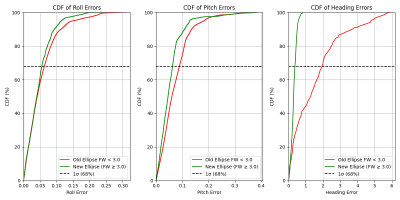
These motion profiles optimize performance based on the dynamics of each application, whether it's a ground vehicle, an aircraft, or a marine platform.
With the upgrade, SBG Systems expanded the list of motion profiles, allowing the Ellipse to address even more use cases and industries. Beyond that, the algorithms have been completely rewritten from scratch, incorporating years of experience and continuous improvements. The Ellipse now shares the same algorithm foundation as SBG Systems’ highest-end products, making it more accurate, reliable, and capable of handling challenging environments, all while running on the same existing hardware.
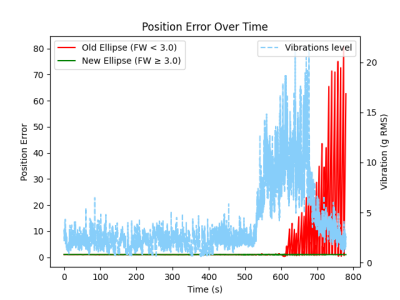
The significant improvement in robustness in challenging conditions is the product's most notable feature. SBG Systems focused primarily on enhancing the robustness and reliability of the sensor. Users will notice the difference in how the system handles outliers and performs in challenging edge cases where the previous Ellipse had limitations, including single antenna applications, high vibrating environments, and transient magnetic disturbances.
Benefits for rail, UAV, airplanes, and AHRS applications
Several sectors will particularly benefit from the improvements in the new Ellipse: AHRS applications will experience improved stability and accuracy, long-duration static INS operations will gain greater robustness, and railway applications will benefit from a dedicated algorithm designed to handle their specific challenges.
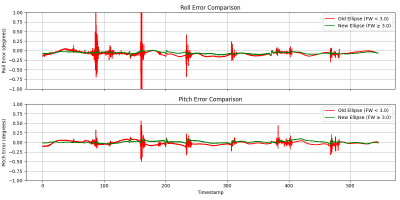
For railway applications, SBG Systems introduced a dedicated motion profile specifically designed to handle the unique dynamics and challenges of train movements. Regarding AHRS applications, stability refers to the system’s ability to maintain consistent and accurate attitude (roll, pitch, yaw) estimations over time, even in challenging environments like high dynamics, vibrations, and magnetic disturbances. Those three aspects have been improved, and a test report is available that compares the new Ellipse with previous firmware.
For UAVs and airplanes, the New Ellipse brings several key improvements:
- Better single-antenna heading initialization: This makes the Ellipse-N an ideal solution for drones where space or weight constraints limit GNSS antenna configurations. Heading performance is now at least two times better for lower-speed platforms.
- Improved vibration resilience: UAVs typically generate significant vibrations during flight. We’ve optimized our algorithms to better filter these effects, ensuring accurate attitude estimation even in harsh vibration environments.
- Enhanced magnetic and GNSS heading coexistence: The system automatically switches between magnetometer and GNSS heading sources, improving reliability when GNSS signals are degraded or unavailable.
- Additional features: New capabilities like jamming and spoofing detection alerts further enhance the reliability and situational awareness of the system.
Seamless configuration and interfacing via a RESTful API
The RESTful API in the new Ellipse offers a modern, flexible, and standardized way to interface with the sensor. It eliminates the need for specific software or drivers, making integration easier.
Additionally, this update provided an opportunity to enhance the documentation, ensuring that users can get started quickly without requiring deep technical expertise. This means faster deployment and a smoother user experience overall.
The RESTful API in the new Ellipse is encapsulated within the SBG protocol (sbgECom) and transmitted over the serial interface, not over a network connection. This means users benefit from the flexibility and structured nature of a RESTful API while still operating through a simple serial link, which is common in many embedded systems.
The API is designed to follow a request/response model similar to standard REST principles but adapted for serial communication. Users send structured requests (equivalent to REST commands) and receive clear, structured responses, which makes the interaction much more intuitive and easier to parse.
This approach is platform-agnostic: it runs over any system that can handle serial communication (RS-232). It works on Windows, Linux, and embedded systems (like microcontrollers or single-board computers). Developers can interact with the RESTful API using any programming language capable of serial communication, such as Python, C/C++, and bash.





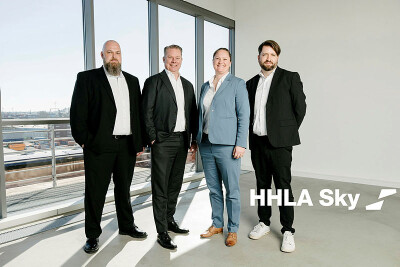






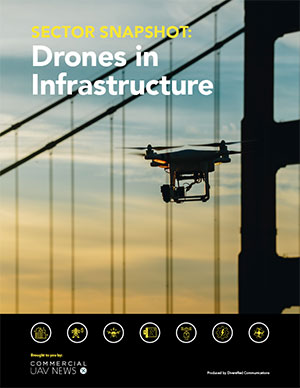
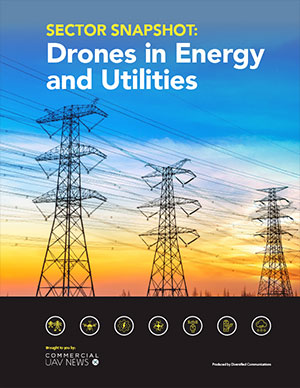

Comments